“You have to be willing to meet them where they are and take them where they need to go.”
I’m not really sure who said this to me, but it has been a statement I return to often as I attempt to guide students into the future, toward careers—some of which do not exist today. What we do know as educators is that students will need to be able to analyze, problem solve, and communicate in increasingly diverse manners. Analyzing characters in literature provides an opportunity for students to practice those skills that they will later transfer into the workplace.
Meeting Them Where They Are
The students we meet in the classroom today have never known a world without technology. As educators we cannot ask them to power down in order to function in our classroom. We must power up to allow them to experience a classroom that is a meaningful authentic experience or we will never get the buy in we need to move where they need to go. One of the many ways my teaching partner and I attempt to meet them where they are is through the use of web lessons.
Taking Them Where They Need To Go
This summer, my teaching partner, Angela Drake, and I began to explore a way to improve student mastery in regard to analyzing how a character changes or responds to the plot as the story moves toward resolution. We decided that a good starting point would be to engage students in familiar picture books and charging them with analyzing the characters as they move through the plot elements. Together we created a web lesson that would allow students to select one of three stories to analyze. You can find our web lesson at www.characterschange.weebly.com.

Step One Selecting a Picture Book
The SAG Foundation offers a wonderful site called www.storylineonline.net which features popular actors reading a variety of picture books. This allows students to engage with the story of their choosing in a new and exciting way. Every student loves choice and Storyline Online offers something for everyone. We selected three books which offered students an opportunity to analyze how and why a character changes as the story progresses.

Step Two The Graphic Organizer
The second tab of the web lesson provides a link to the graphic organizer we would like the students to use to gather their evidence to support their analysis of how and why the character changes. Read Write Think offers a wonderful graphic organizer specific to our purpose. You can find this resource and many others at www.readwritethink.org.

This is the graphic organizer we selected from www.readwritethink.org.
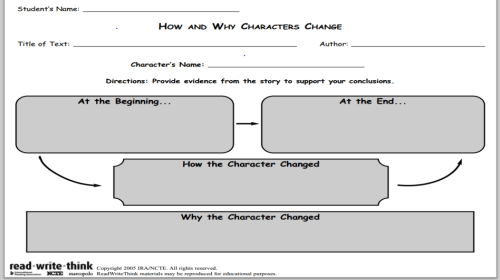
The direct link to this organizer is http://goo.gl/zCJYPo.
Step Three The Writing Plan and Google Docs
Google Drive offers a variety of tools and the best part is it’s all free to use and you are given the extra benefit of your documents, slides, forms, and spreadsheets being at your fingertips wherever you go. Upon finishing the reading and finalizing the details in their graphic organizer, students are then instructed to create a Google Document to record their analysis of the character. Students are expected to describe what the character is like at the beginning of the story, how they change, why they change, and then finally, a description of the character at the conclusion of the story. They then meet with their peer editing partner to review conventions, make suggestions for revision, verify they have met the expectations of the assignment, and review the piece to make sure it makes sense to the reader. After final revisions have taken place, students can then move on to the next step—creating a Voki to share their analysis.

A Brief Digression
Teaching students to communicate in diverse ways is an important part of our instructional goals. Using a talking avatar of their own creation gives students the sense of choice and control they need and provides even the quietest student with a voice to share their knowledge. In fact, Voki became my hero last year when a student who seldom spoke in class created a Voki Book Talk that left me astonished at the insight and depth of knowledge he possessed, but had been previously unable to express. Here is that sweet book talk http://goo.gl/CEU5PL.

Step Four Creating Your Character Analysis Voki
The final step in our web lesson instructs the student to create a Voki to share their analysis. I’ll let my Voki avatar tell you about this step. http://goo.gl/q9xzSj

Using the Vokis created by your students as a formative or summative assessment of the CCSS RL 6.3 standard is an excellent example of “meeting your students where they are and taking them where they need to go.”
Where to Find Me
Please join me on Twitter @cariehinkle and visit my website at www.cariehinkle.weebly.com to hear about the latest adventures in this techie teacher’s World. Also, look for me on Instagram at carieh5 and periodically, as a featured class on EdTech Baton.
A Thank You
Special thanks to my teaching partner, Angela Drake, who is always willing to join me on any adventure.






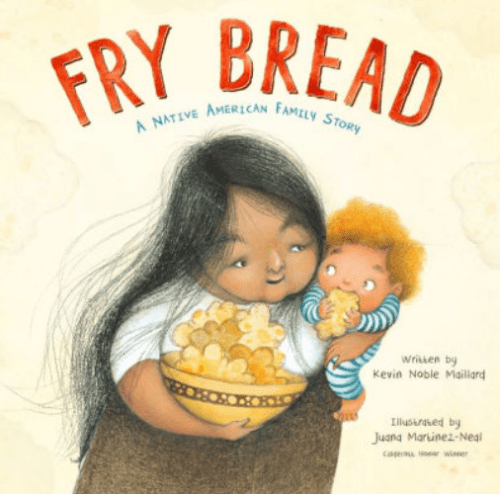

























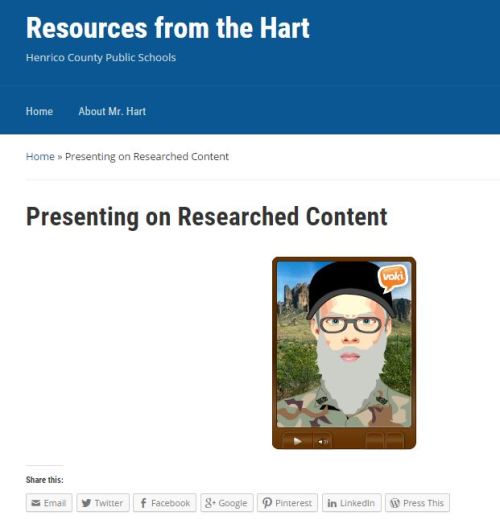


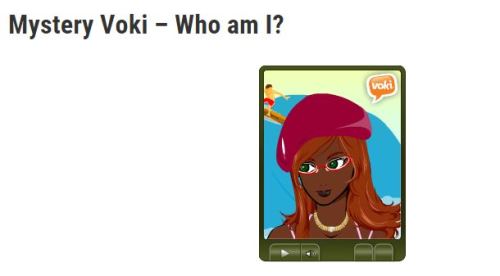
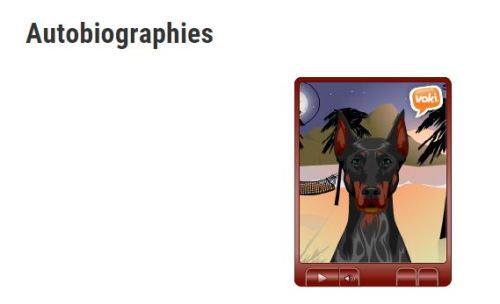
 rs at Henrico County Public Schools in Virginia. This school year will be his second in an administrative role as a Resource Teacher at Sandston Elementary. Previously, he was an Instructional Technology Resource Teacher for two years, and before that, he was a 3rd grade teacher. In his last year as a classroom teacher, he was honored by being nominated and selected as one of the Henrico Citizen’s Top 20 Teachers in Henrico County.
rs at Henrico County Public Schools in Virginia. This school year will be his second in an administrative role as a Resource Teacher at Sandston Elementary. Previously, he was an Instructional Technology Resource Teacher for two years, and before that, he was a 3rd grade teacher. In his last year as a classroom teacher, he was honored by being nominated and selected as one of the Henrico Citizen’s Top 20 Teachers in Henrico County.